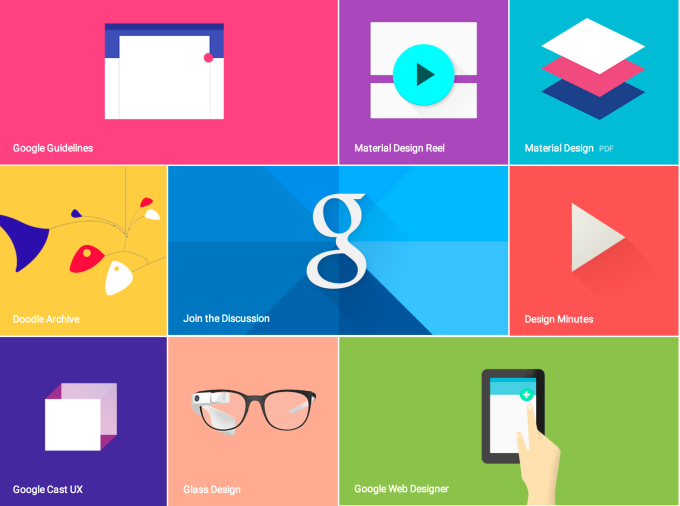Android tries to find visual identity through 'Material Design', borrowing from Microsoft

Since its inception, Windows Phone has had a bold visual design language defining the core experience of the OS. Initially called Metro, Modern design gets its influence from the work of Massimo Vignelli, who famously made the NYC Subway maps, and the school of Swiss Style started in the 1950's. At Microsoft, the lineage starts with Windows Media Center, up through the ill-fated Zune HD, finally spearheading the core design of Windows Phone 7 and Windows 8.
Android though, has never had such luck. The UI has changed significantly since Android 1.0, often evolving around a very loose, almost ad-hoc set of principles. Things began to change once ex-Palm design head Matias Duarte joined the Android team back in 2010. Since then, we have seen attempts at a new language, notably the Roboto font for Android 4.0.
Now, in 2014, Android and Duarte are trying again to give definition to how Android looks across all its devices. Announced today during the Google I/O 2014 conference, the new UI is called 'Material Design.' And once again, it looks like its slipping down the Modern UI slope even further, despite Duarte's reproaches from 2011. Duarte famously criticized Microsoft's Modern design language calling it "airport lavatory signage" and "too starkly systematic."
The new UI is flatter looking and has all new geometric on screen buttons. In addition, app developers will be able to leverage the new UI across devices, which sounds analogous to Microsoft's Universal Apps initiative. Perhaps the one difference is the use of brighter pastel colors, but even the flat squares still look like something from Microsoft's playbook. Google is not alone, however, in this trend, as even Apple has moved towards a flatter, non-skeuomorphic look in iOS 7 and iOS 8.
Will Google and Android finally find their look in Android 'L'? It remains to be seen how well it is received by the masses, but there should be little doubt about who is leading this resurgent design trend. Watch the above video see Google's introduction to Material Design and let us know what you think below.
Source: Google Design, Android Central
Get the Windows Central Newsletter
All the latest news, reviews, and guides for Windows and Xbox diehards.

Daniel Rubino is the Editor-in-chief of Windows Central. He is also the head reviewer, podcast co-host, and analyst. He has been covering Microsoft since 2007 when this site was called WMExperts (and later Windows Phone Central). His interests include Windows, laptops, next-gen computing, and wearable tech. He has reviewed laptops for over 10 years and is particularly fond of 2-in-1 convertibles, Arm64 processors, new form factors, and thin-and-light PCs. Before all this tech stuff, he worked on a Ph.D. in linguistics, performed polysomnographs in NYC, and was a motion-picture operator for 17 years.